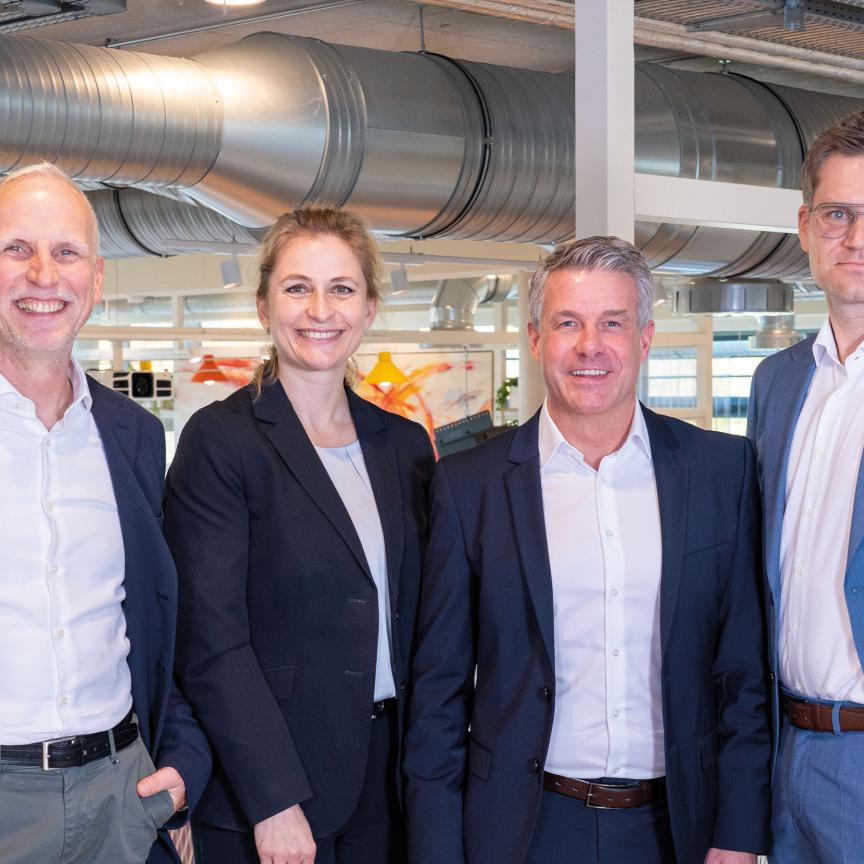On 10 January 2014, the UK's Royal Astronomical Society announced the winners of its awards for outstanding contributions to astronomy and geophysics. A total of eight medals and seven awards were given, three of which were awarded for contributions to imaging techniques.
The Herschel Medal recognises investigations of outstanding merit in observational astrophysics. Professor Reinhard Genzel of the University of California, USA, and the Max Plank Institute for Extraterrestrial Physics, Germany, is this year’s recipient.
Genzel is recognised for his numerous contributions to the understanding of galaxy formation and evolution, and his leadership in the development of near and far infrared spectroscopy and high resolution imaging.
Work completed by Genzel and his team has led to firm evidence that there is a supermassive black hole at the centre of the Milky Way and has given an accurate estimate of its mass.
The Jackson-Gwilt Medal was awarded to Professor George Fraser, the director of the Space Research Centre at the University of Leicester. The medal is given in recognition for: the invention, improvement or development of astronomical instrumentation or techniques; achievement in research in the history of astronomy; or achievement in observational astronomy.
Fraser has, over the past three decades, heavily contributed to many of the X-ray missions which produce data on the high energy Universe and many of these satellites are still in orbit. The example of Fraser’s work given by the astronomical society is the Lobster-eye concept applied to X-ray imaging which has been the basis of instruments for several future space missions.
Fraser is also recognised as the man who bridged the gap between academia and industry and his contributions have played a major role in what is known as the golden age of X-ray astronomy.
The Herschel-SPIRE Consortium was presented with the Group Achievement Award for astrophysics. Professor Matt Griffin of Cardiff University led the consortium of the Spectral and Photometric Imaging Receiver (SPIRE) and the ESA’s Herschel Space Observatory.
SPIRE was responsible for the design, construction and delivery of a bolometer-based instrument as part of the ESA’s instrument suite. The Herschel satellite has now exceeded its design lifetime having been in operation for four years with the results of its unique capabilities being felt across a range of astrophysics, in particular the studies of star formation in the local Universe.
The award presentation will be held in Portsmouth in June at the 2014 National Astronomy Meeting. For more information and the complete list of the winners click here.

